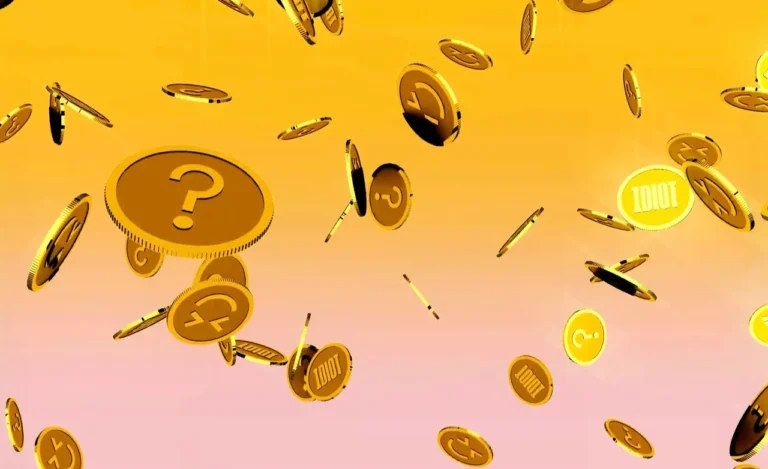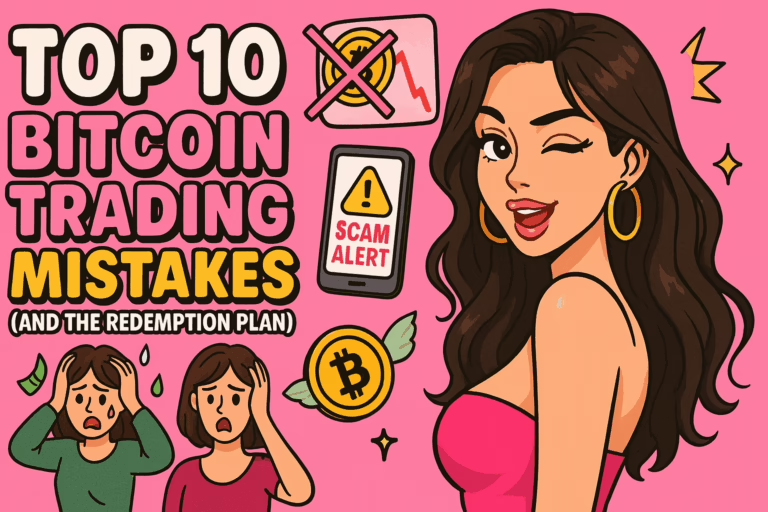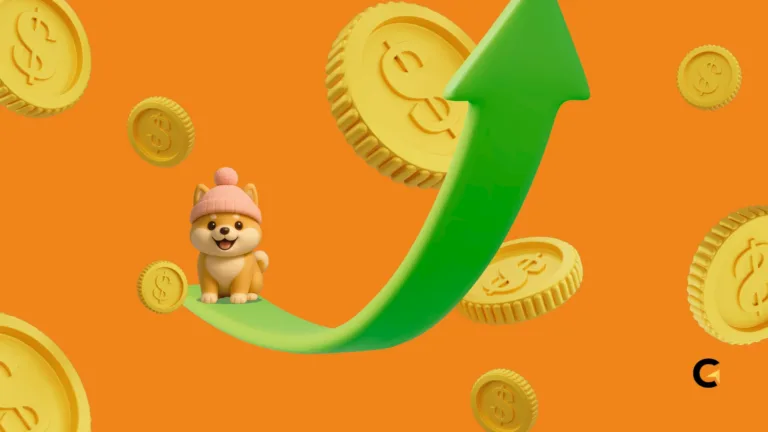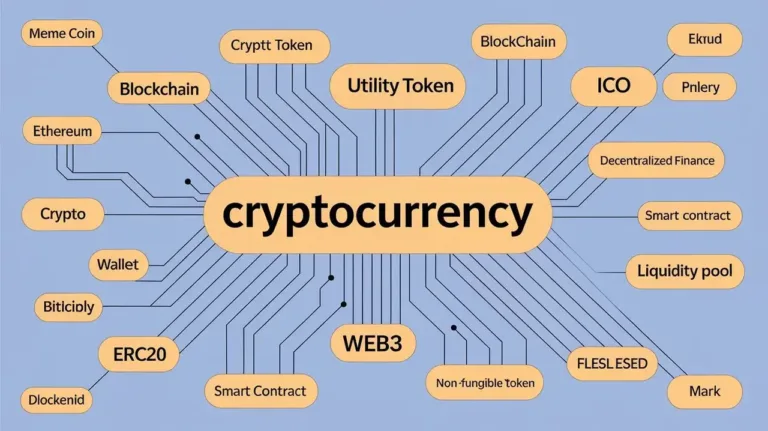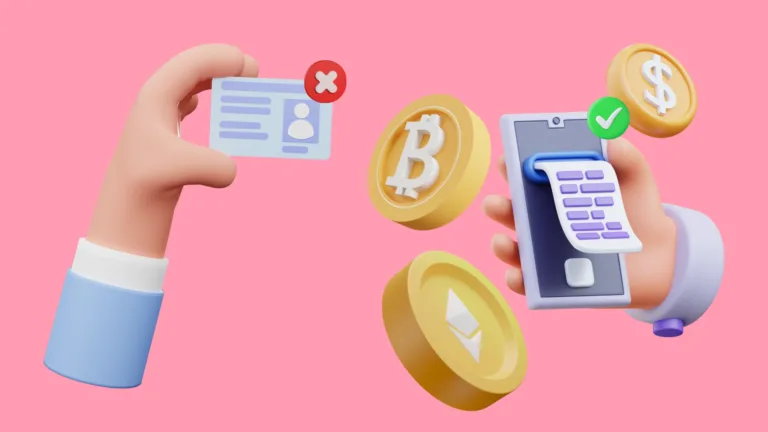Is Solana better than XRP?
Is Solana better than XRP? In short, Solana (SOL) leads on speed, validator count, and fee revenue, but still faces regulatory risk and uptime concerns. XRP offers deeper dollar liquidity and enterprise traction, now backed by partial legal clarity—though its validator set is permissioned and corporate holdings remain high.
Key Takeaways:
Hide- Supply Models: AVAX is hard-capped at 720M with full fee burn; ADA has a fixed supply of 45B with ~3% inflation through reserve decay.
- Staking Rewards: AVAX offers ~7% staking yield; Cardano provides 3–4% with easier delegation and no lock-up.
- Finality & Speed: AVAX finalizes in ~2 seconds; Cardano’s Ouroboros achieves ~10–20 seconds, prioritizing security over speed.
- Network Load: Avalanche supports millions of daily transactions across subnets; Cardano’s activity is lower but steadily growing.
- Development Philosophy: AVAX moves fast with modular features like subnets; ADA emphasizes peer-reviewed, upgrade-driven governance.
- Ecosystem Strength: AVAX leads in gaming and enterprise subnets; Cardano advances in identity, DeFi, and academic collaboration.
- Governance: Avalanche uses on-chain validator votes; Cardano transitions to Voltaire governance with DRep (delegate rep) voting.
- Regulatory Posture: AVAX faces no SEC actions and awaits ETF review; Cardano is still responding to 2023 SEC scrutiny.
- Validator Dynamics: Cardano has nearly 3,000 stake pools for broader decentralization; AVAX uses fewer but higher-bond validators.
- Monetary Sink Efficiency: AVAX burns 100% of base fees; ADA routes fees to treasury, promoting long-term funding.
How Does Solana Compare to XRP?
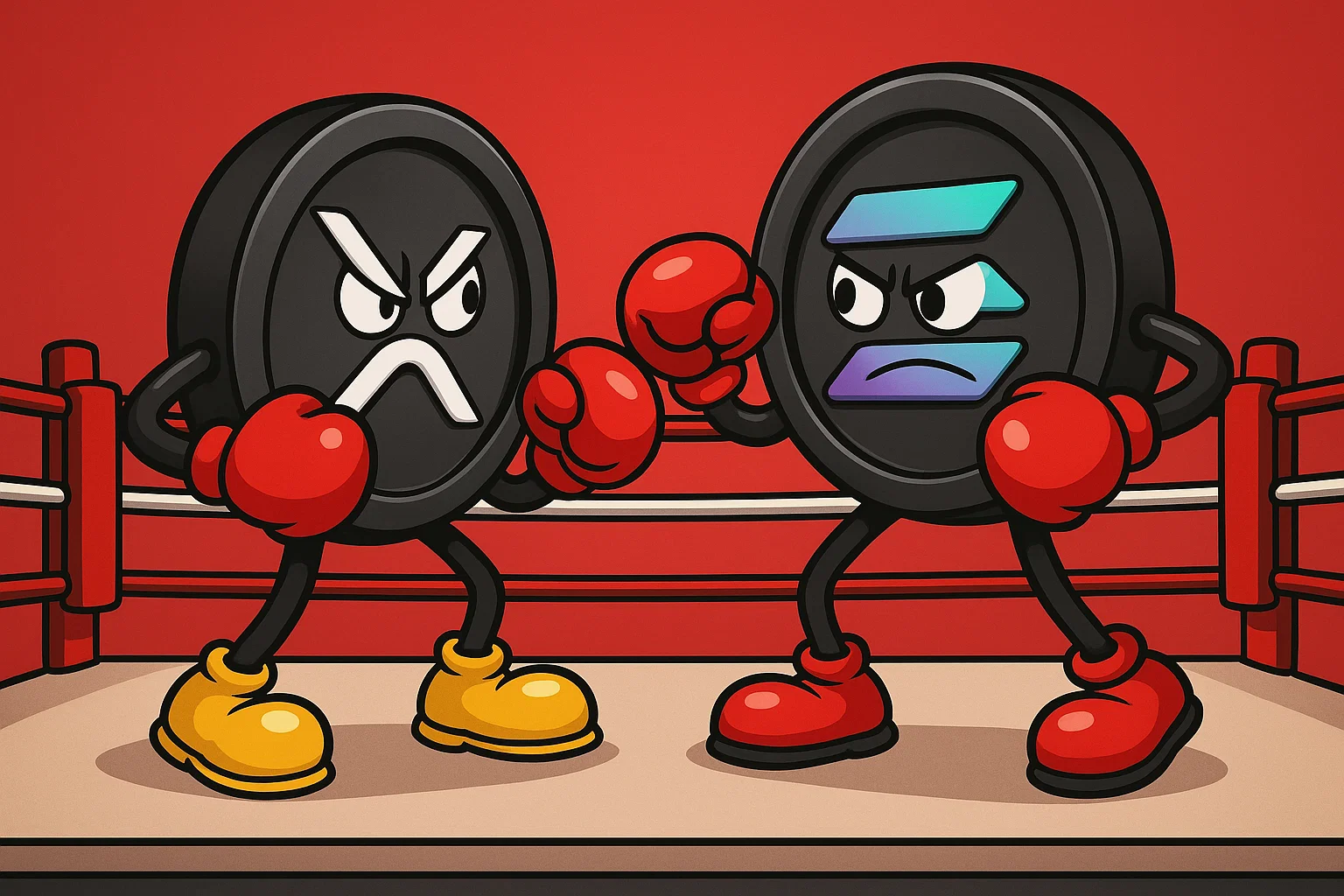
How do Solana’s sub-second finality and growing DeFi ecosystem stack up against XRP’s established payment rails and deep liquidity? Can SOL’s high throughput and validator network match XRP’s banking integrations and settlement volume? Let’s explore the facts—what’s your take?
1. Market Metrics
| SOL | XRP | |
|---|---|---|
| Spot price | $148.4 | $2.23 |
| Circulating m-cap | $79.1 B | $131.4 B |
| 24 h volume | $5.31 B | $4.34 B |
| Vol / Cap (liquidity) | 3.4 % | 3.3 % |
Despite XRP’s larger cap, SOL trades on similarly deep order-books, reflecting strong speculative turnover on both assets.
2. Supply Dynamics
- Solana launched with 8 % nominal inflation that auto-decays 15 % per year toward a 1.5 % floor; current yearly issuance is ~4.7 % on a 587 M total supply.
- XRP was fully minted at genesis (100 B). Roughly 59 B are in free float, while 41 B remain in Ripple escrow, released in 1 B-XRP monthly tranches.
Thus SOL’s dilution shrinks over time but never stops; XRP’s float expands predictably until escrows empty (≈ 2038).
3. Consensus Mechanism & Security
| Solana | XRP Ledger | |
|---|---|---|
| Algorithm | Proof-of-Stake + Proof-of-History ordering | Ripple Protocol Consensus Algorithm (RPCA) with UNLs |
| Validators | ≈ 1 875 active validators (June 2025) | ~150 trusted UNL validators |
| Finality | ≈ 0.4 s | 3–5 s |
| Major incidents | Multi-hour network halts; latest 6 Feb 2024 | No L1 halts; past losses tied to hacked gateways |
Solana’s larger validator set and sub-second finality come with a history of service interruptions; XRPL’s reputation is uptime-centric but validator diversity is lower.
4. Network Activity
- Throughput: production averages 4 000–5 000 TPS on Solana versus ≈ 1 500 TPS capacity on XRPL.
- Daily transactions: Solana set a record 111.2 M tx on 25 Jun 2025; XRPL processed 5.1 M tx on 15 Jun 2025.
- Active addresses: Solana averages ~2.2 M wallets/day (Q1 2025), dwarfing publicly reported XRPL actives (<250 k).
- Fee model:
- Solana uses micro base-fees plus surge-priced priority fees paid to validators.
- XRPL charges a flat 10 drops (0.00001 XRP) per tx, permanently burned.
5. Development & Ecosystem
- GitHub energy:
solana-labs/solanaholds 13.6 k ★ & 488 contributors; corerippledrepo hosts ~5 k ★. - Roadmap: Solana is piloting the Alpenglow instant-finality upgrade after Firedancer client work. XRPL shipped the XLS-30 native AMM in 2024, expanding on-chain DeFi pools.
- dApps: Solana leads 2025 DEX volume and NFT minting; XRPL focuses on payments, FX liquidity and new EVM side-chain integrations.
6. Tokenomics & Utility
| SOL | XRP | |
|---|---|---|
| Native uses | Gas, rent, priority-fee tips, staking | Bridge & FX settlement unit, on-ledger DEX base asset |
| Staking yield | ≈ 7.5 % APR for delegators | No native staking; third-party earn products only |
| Governance | SIMD proposals – stake-weighted votes | Amendments activate after 80 % UNL support for 2 weeks |
SOL offers direct protocol rewards; XRP holders depend on off-ledger lending or AMM LP fees for yield.
7. Team, Community & Governance
- Founders: Solana—Anatoly Yakovenko & Raj Gokal; XRP—Chris Larsen, Jed McCaleb & Ripple Labs.
- Social reach: Solana’s X handle sits near 2.5 M followers; Ripple’s XRP handle tops 3 M.
- Voice: Solana governance remains off-chain/spec-driven; XRPL amendments rely on validator consensus with no token vote, limiting retail influence.
8. Regulatory & Compliance
- SEC posture: Both SOL and XRP appeared in the SEC’s 2023 Coinbase/Binance complaints as “crypto-asset securities.” Ripple’s July 2025 settlement clarified that secondary-market XRP sales are not securities, while institutional sales stay under negotiation. SOL’s status is still unresolved.
- KYC tooling: Solana is permission-less at base layer; compliant front-ends rely on geofencing. XRPL gateways can blacklist accounts and issue centrally-controlled IOUs, offering bank-friendly controls.
9. Ecosystem Risk Factors
| Risk vector | Solana | XRP |
|---|---|---|
| L1 incidents | Multiple halts; latest Feb 2024 | Ledger never halted; prior gateway hacks off-chain |
| Bridge exploits | $320 M Wormhole hack (2022) | Reliance on centralized exchange ramps vs smart-contract bridges |
| Holder concentration | Top-30 validators hold <34 % stake | Ripple escrow still controls 41 % of total supply |
10. Macro & Sentiment Indicators
- BTC correlation (90-day): SOL-BTC ~0.63, showing beta to crypto cycles; XRP-BTC ~0.46 amid payment-driven flows.
- On-chain revenues: Solana captured 259 700 SOL (≈$38 M) in priority fees over the last 30 days; XRPL burns only tiny fees (≈$60/day) yet saw utility rise after AMM launch.
- Social sentiment: SOL has a Very Bullish Galaxy-Score high-70s; XRP in the high-60s following lawsuit relief.
Solana or XRP: Which Has Better Investment Potential?
Solana processes orders of magnitude more transactions but remains outage-prone—leaving many to wonder about Solana price by 2030—while XRP prioritizes stability and payment-rail partnerships over raw throughput.
Meanwhile, SOL’s decaying-inflation plus MEV tips richly fund validators; XRP’s flat supply plus tiny fee burn keeps monetary policy tight but relies on Ripple escrow management.
Furthermore, with analysts eyeing XRP price by 2025, XRP enjoys partial clarity for U.S. retail trading post-settlement; SOL still faces enforcement overhang.
However, XRP offers deeper USD liquidity and bank integrations, whereas Solana commands DeFi/NFT mind-share and the highest user activity among L1s.
All in all, Choose Solana (SOL) for lightning-fast smart-contract throughput with higher technical and regulatory risk; opt for XRP for institutional-grade, low-fee settlement rails with centralized validator governance.


